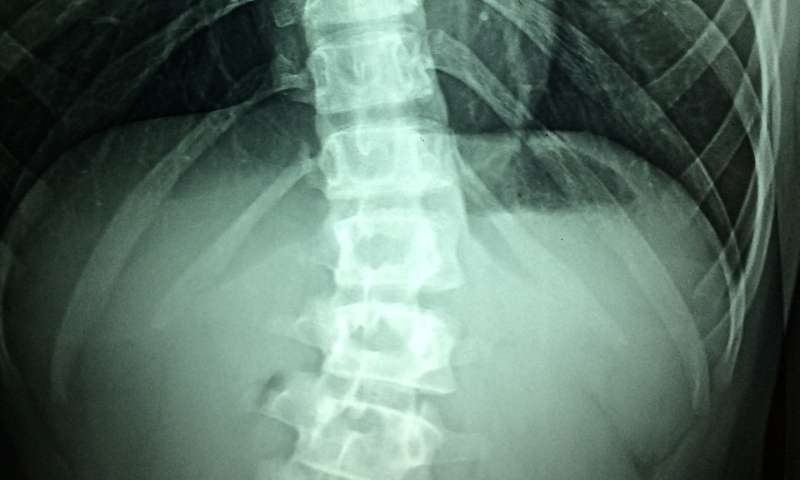Advancements in Diagnostic Tools for Adult ADHD Detection

Research at the University of Oslo is advancing diagnostic tools to better detect ADHD in adults by studying mind wandering and brain activity patterns, aiming to improve diagnosis and treatment options.
Developing Improved Methods for Diagnosing ADHD in Adults
Historically, ADHD was considered a disorder primarily affecting children and adolescents, with many believing that individuals outgrew it by adulthood. However, current data indicates that approximately 50% of those diagnosed during childhood continue to experience symptoms into adult years.
Professor Anne-Kristin Solbakk from RITMO—Centre for Interdisciplinary Studies in Rhythm, Time, and Motion—highlights that cognitive and behavioral challenges associated with ADHD often persist, although they manifest differently over time. This evolving understanding has led to an increase in ADHD diagnoses among adults worldwide.
Dr. Venke Arntsberg Grane, leading research at The Helgeland Hospital Trust, explains that when Norway permitted medication for adults with ADHD in the late 1990s, the number of cases in adult psychiatry dramatically rose, now making ADHD a major reason for referrals.
Knowledge Gaps in Adult ADHD
Despite advances, most research has focused on children and teens, creating a knowledge gap regarding adult ADHD. Diagnostic criteria remain largely based on behaviors typical in children, such as hyperactivity and impulsiveness, which may not fully capture adult presentations.
Adult ADHD often involves emotional regulation issues, restlessness, and difficulties in maintaining relationships, education, or employment. Adults are more likely to change jobs frequently and face higher risks of injuries and health issues.
To better understand these differences, experts like Grane and Solbakk are conducting studies on adult ADHD, especially focusing on phenomena like spontaneous mind wandering.
Mind Wandering: A Double-Edged Sword
Mind wandering, the phenomenon where thoughts drift away from the task at hand, is not exclusive to those with ADHD; everyone experiences it to some extent. However, research suggests that adults with ADHD are more prone to spontaneous mind wandering, which can impair their focus during tasks.
Dr. Solbakk emphasizes that mind wandering can sometimes be beneficial, fostering creative thinking and internal reflection, but it can be detrimental during work or study. The scientific team has designed experiments using monotonous tasks — like responding to auditory tones — while monitoring brain activity through EEG, eye-tracking, and muscle sensors.
Findings reveal that adults with ADHD exhibit more frequent mind wandering episodes and different brain activity patterns compared to controls, correlating with their performance lapses during tasks.
Enhancing Diagnostic Precision
While increased mind wandering is indicative, it alone does not diagnose ADHD. Several other conditions can produce similar symptoms. Therefore, the goal is to develop sensitive tests that can distinguish ADHD-related patterns, particularly through measures such as brain activity patterns during specific tasks.
Researchers around the world, including those from Norway, aim to incorporate such tests into comprehensive diagnostic batteries. These efforts are part of a larger goal to improve diagnostic accuracy, leading to better treatment options.
Future Impact
Ultimately, the research aims to facilitate earlier detection, more effective diagnoses, and tailored treatments for adults with ADHD. Improving understanding of the disorder in older populations could significantly enhance their quality of life.
Sources suggest that with continued research, clinical tools will become more precise, allowing for better management and support for adults living with ADHD conditions.
Stay Updated with Mia's Feed
Get the latest health & wellness insights delivered straight to your inbox.
Related Articles
Addressing the Disparities in Market-Driven Drug Development: Five Essential Strategies
A new report highlights the misalignment in U.S. drug development, driven by market potential rather than medical need, and proposes strategic reforms for equitable healthcare innovation.
Reevaluating Spinal Cord Stimulators: High Costs and Limited Effectiveness Raise Concerns
New research questions the cost-effectiveness and safety of spinal cord stimulators for back pain, highlighting the need for alternative therapies. Over 25% of patients require additional surgery due to complications.
Racial Variations in Tumor Collagen Structure May Influence Cancer Outcomes
Research uncovers racial differences in tumor collagen structure that may impact cancer prognosis, emphasizing the need for diverse clinical studies and personalized treatment approaches.



